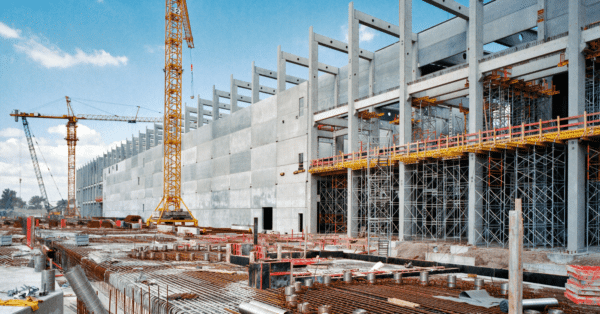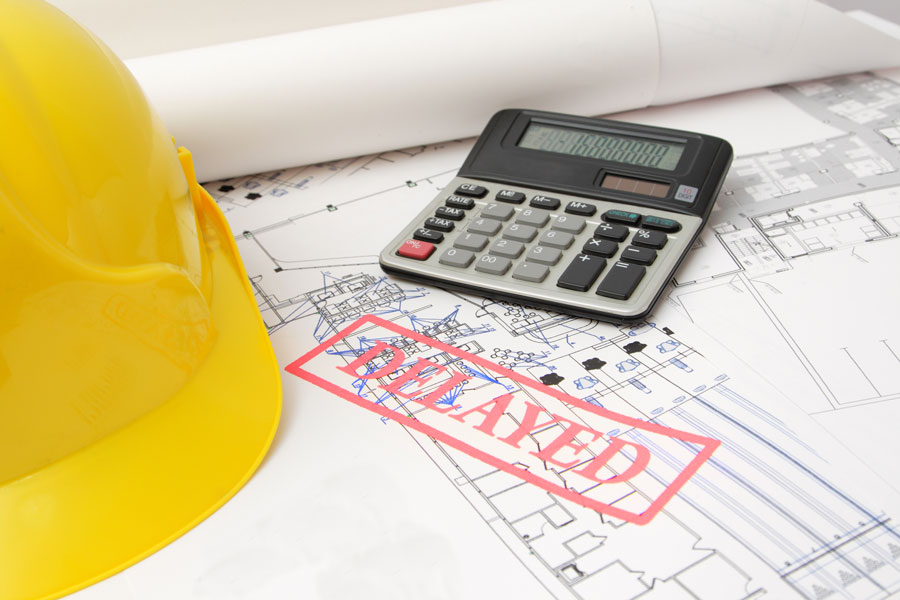Contractors frequently come to us to help prepare a delay claim in order to recover damages allegedly caused by an owner or subcontractor on a construction project. Not so frequently, they inform us there isn’t a formal project schedule or any updates that would normally be used to demonstrate the claimed schedule impact. While not ideal, there are ways around this hurdle.
What Should I Do When There is No Project Schedule?
One approach uses available project records to reconstruct the baseline schedule and schedule updates. If no schedule exists, it is possible to create one with the available historical project documentation (daily reports, meeting minutes, etc.). While extremely labor-intensive and very difficult to establish cause reliably, the following key steps can help facilitate the process:
- Conduct interviews with key stakeholders and project team members to identify the most useful data and collect all important records and documents.
- Review relevant project documents such as bids, contracts, drawings, specifications, reports, correspondence, and meeting minutes to help establish an initial plan for the project. This initial plan, sometimes referred to as a “Schedule Basis memorandum,” provides the framework for the project’s baseline schedule and what was considered in its development. Proper knowledge of inclusions and exclusions to the scope of work is essential in preparing the initial plan. [1]
- Furnish a list of assumptions along with the initial plan to document your understanding of project conditions. Continuously refine the plan and the assumption list based on new findings.
- Depending on the type of analysis, a further collection of relevant evidence such as information about resource plans, resource usage, budgets, and expenditures will aid in the effort. For instance, financial records may not be necessary to collect for assessing purely time-oriented (non-comparable) analyses.
- With these findings, transform the initial plan into a preliminary baseline schedule that contains a decent work breakdown structure and rich schedule content. Ensure that the schedule reflects a complete and reasonably sequenced network of activities without open-ended activities or other schedule shortcomings.
- Based on the review of contracts and other relevant sources of project information, classify project activities based on actual work responsibilities, and then incorporate that information into the schedule.
- Review project records such as technical documents, minutes of meetings, and daily progress reports in order to develop a chronological list of events. Use the list to define proper activity relationships to improve the baseline schedule.
- Based on your understanding of project circumstances, decide on a timetable for schedule updates. As you collect more historical project records, start reconstructing schedule updates.
- Start to compare the baseline schedule with schedule updates, and determine when and why project delays began. Review further documents to identify delay-causing events and meet project team members again to validate your findings. Enhance the project schedule by including delay-causing events into the schedule, but keep these events separate from project activities.
- Decide which construction delay analysis method is most appropriate, and start your analysis.
When Should I Use This Process?
Although not having a schedule is a major challenge in delay analysis practices, it is not an insurmountable obstacle. However, before going through the entire practice outlined above, it’s a good idea to perform an initial evaluation to determine if the complexity of the project and the effort and energy required to achieve a high-quality outcome makes it all worthwhile.
To learn more about VERTEX’s Construction Claims Consulting services or to speak with a Construction Expert, call 888.298.5162 or submit an inquiry.
Reference
- [1] AACE International, AACE International Recommended Practice No. 38R-06: Documenting the Schedule Basis: TCM Framework: 7.2 – Schedule Planning and Development (2009).








